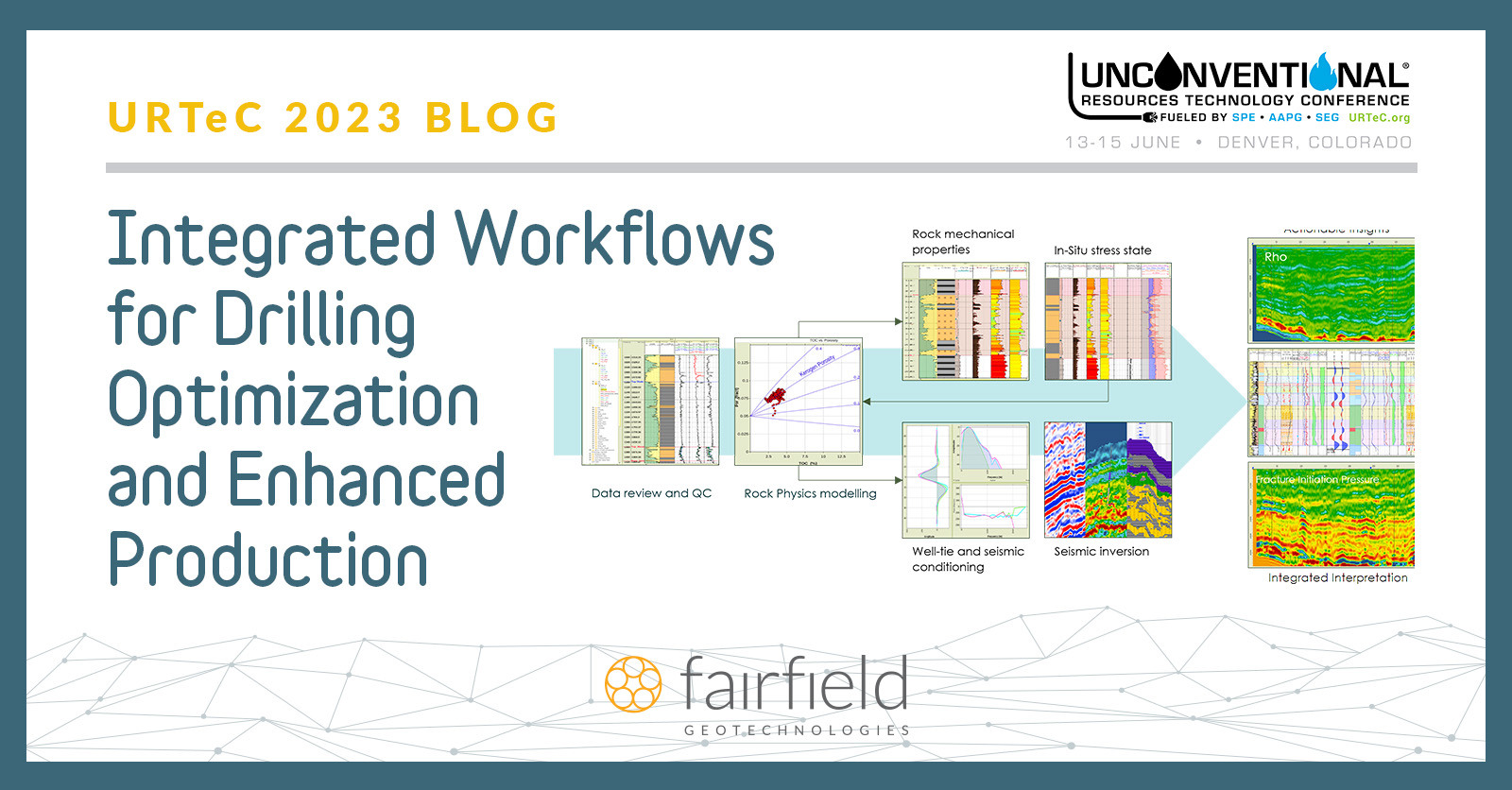Integrated Workflows for Drilling Optimization and Enhanced Production

The drilling industry faces significant challenges in accurately estimating pore pressure and stress to ensure safe and efficient operations. Unexpected overpressure can lead to drilling hazards and environmental damage, resulting in substantial financial losses. Conversely, understanding these parameters can enhance hydrocarbon production rates by influencing the artificial fracturing of shale formations.
This study focuses on developing robust models for an unconventional shale play, utilizing seismic analysis to predict pore pressure and stress from elastic properties. The aim is to identify "sweet spots" within the play, optimizing drilling efficiency and planning.
Seismic Analysis for Pore Pressure and Stress Estimation
Seismic data plays a vital role in deriving pore pressure and geomechanical properties, essential for accurate stress prediction in hydrocarbon reservoirs. High-trace density seismic acquisition significantly improves spatial resolution and seismic attributes, enabling the interpretation of previously unresolved structural and stratigraphic geologic frameworks. Additional enhancements — such as close survey geometry, finer lateral sampling, higher fold, broader frequencies, and fuller azimuthal sampling — further increase resolution and illuminate fine-scale geology.
Study Findings and Implications
The elastic properties derived from seismic analysis successfully matched all blind tests, validating the reliability of the approach. Furthermore, the calibrated geomechanical model accurately replicated geomechanical events observed in blind test wells, such as wellbore breakouts and drilling-induced tensile fractures. Leveraging a velocity volume, a comprehensive 3D volume of pore pressure was constructed. Additionally, by incorporating Young's Modulus, Poisson's Ratio, and vertical stress volumes, 3D geomechanical volumes were produced.
Integrating geomechanics and geophysical workflows has the potential to significantly improve key performance indicators, including drilling efficiency and production rates. By precisely predicting pore pressure and stress, operators can optimize drilling operations, reduce risks associated with unexpected overpressure, and enhance the effectiveness of artificial fracturing techniques in shale drilling. Moreover, this integration can have a profound impact on future field development and planning, enabling more informed decisions based on a comprehensive understanding of the subsurface geomechanical behavior.
This study successfully established robust models for predicting pore pressure and stress in an unconventional shale play using seismic-derived elastic properties. The accuracy of the derived parameters was validated through blind tests, and their integration into geomechanical volumes opens new avenues for improving drilling efficiency and production rates. As the industry continues to prioritize safety, environmental considerations, and operational effectiveness, the integration of geomechanics and geophysics promises to be a transformative approach for maximizing field development potential.
We would like to thank Fasken Oil & Ranch for acquiring this data and Ikon Science for the software and knowledge that we utilized for the final and derivative products.
For More Information
To learn more about the study, including the images we found, read the full paper. Contact Andrew Lewis by email at alewis@fairfieldgeo.com or by phone at 1-281-275-7841 for more information.
Technical Paper
Author
Jakob Heller, Venkatesh Anantharamu, Andrew Lewis, Ron Bianco